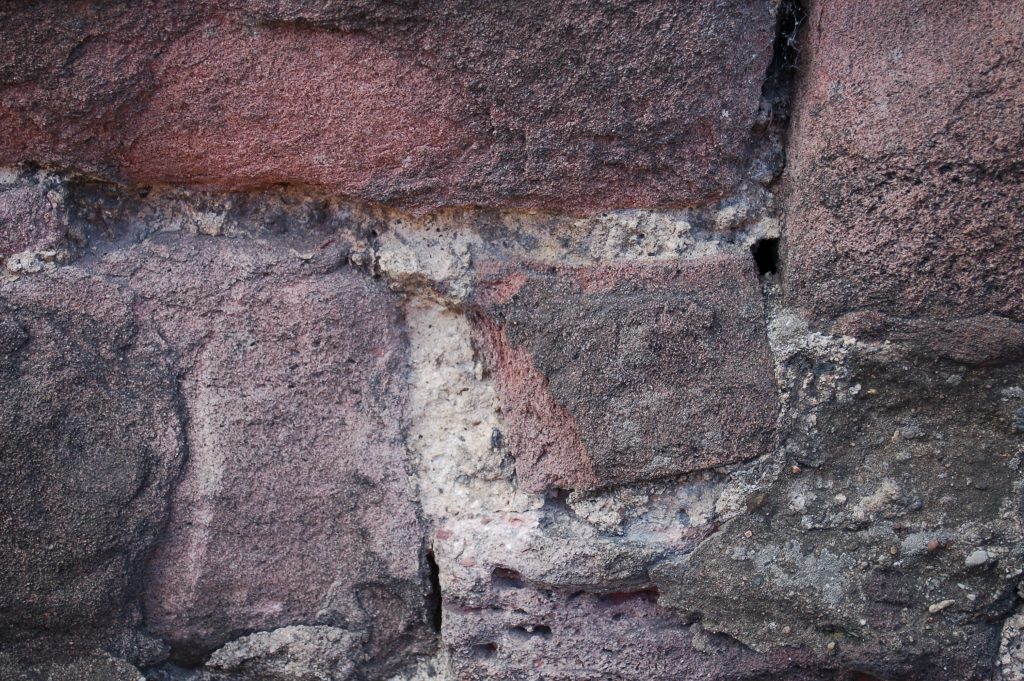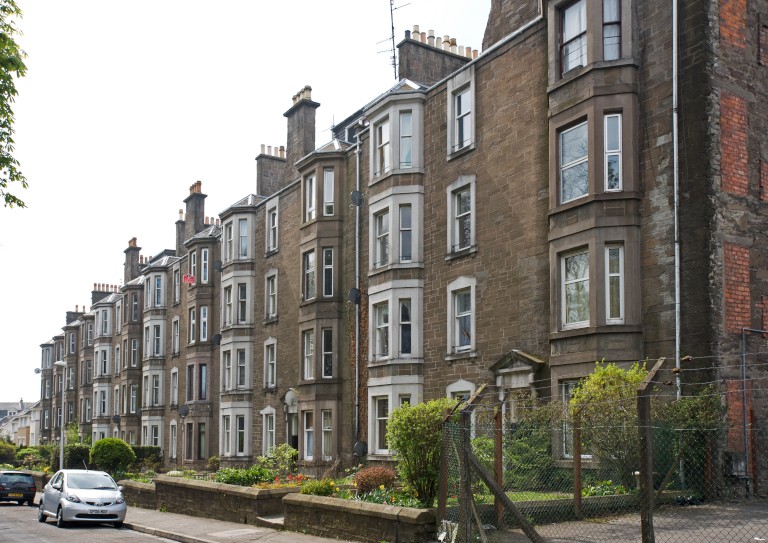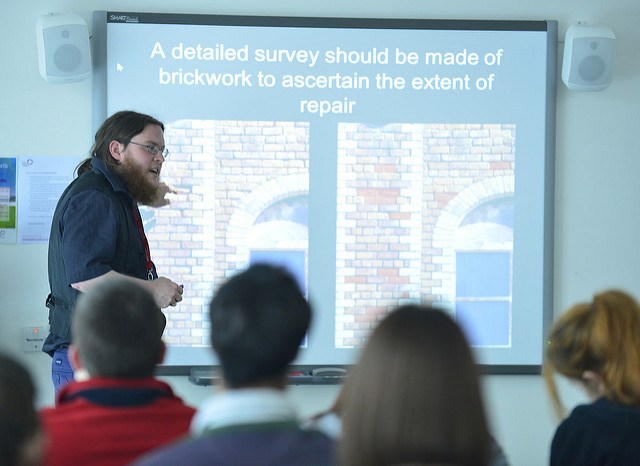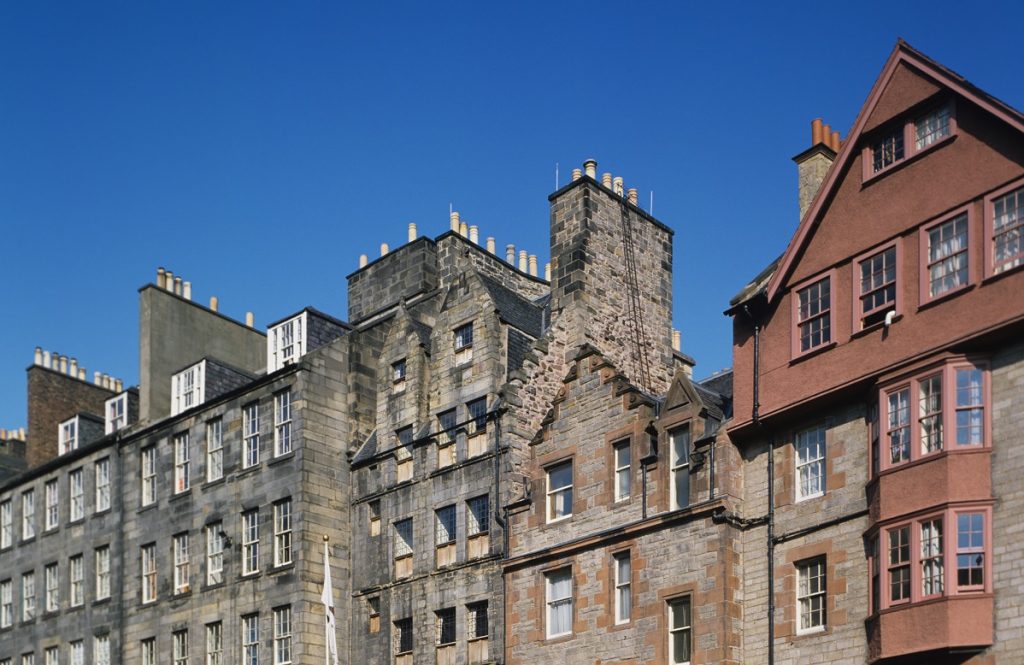Bookings for SQA Award in Energy Efficiency Measures for Older and Traditional Buildings are no longer being taken, please get in touch to be notified when this course is delivered again.
When we talk about older and traditional buildings, we mean those constructed using methods and materials common before 1919. In Scotland, this generally means buildings with walls formed of mass masonry of stone or brick, held together with lime mortar and potentially with lime external and internal coatings on the wall.

The challenges we face when trying to make traditional buildings more energy efficient are mainly around balancing the performance of the building. It’s particularly important to understand the way moisture moves into and through the fabric of a building, because this impacts the methods that can be used to make it more energy efficient. Using the wrong methods and materials when working to improve energy efficiency in traditional structures can lead to moisture building up, with potentially harmful long term consequences.

Sometimes there are also challenges around aesthetics, and a desire to retain as much of the original building fabric and appearance as possible. This has contributed to some urban myths around how difficult it is to make older buildings more energy efficient: many people believe older buildings are ‘hard to treat’. This is not true – traditional buildings just need a little thought put into the process and an understanding of how the building works. Our training session will aim to do this, and we have a range of resources available online to help homeowners, contractors, and those providing advice and guidance, including our Inform Guides and Short Guides.

Another fairly common misconception is that listed buildings cannot be improved, which again is not the case. If thought and care is taken, and building owners work with the appropriate authorities, there is always something which can be done. You can find advice on maintaining and making changes to traditional buildings, including how to make older properties more energy efficient, on our website.
This October we’re excited to be offering a training course on Energy Efficiency Measures for Older and Traditional Buildings. It’s SQA Level 3 accredited, and takes place over two days at Stirling Court Hotel.
There are three units:
- Older and Traditional Buildings: Age, Nature and Characteristics
- Older and Traditional Buildings: Assessing Options for the Introduction of Energy Efficiency Measures
- Older and Traditional Buildings: Making Recommendations and Giving Advice on the Introduction of Energy Efficiency Measures
This is a lecture based course, with plenty of opportunities for discussion around the issues raised. The course will give those attending a good grounding in how traditional buildings are constructed and the way they perform, as well as knowledge of methods and materials which are appropriate to improve the thermal performance of traditional buildings.

Want to find out more about our conservation training and advice? Register for updates every time we post to the Historic Environment Scotland blog.

